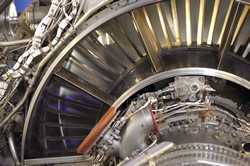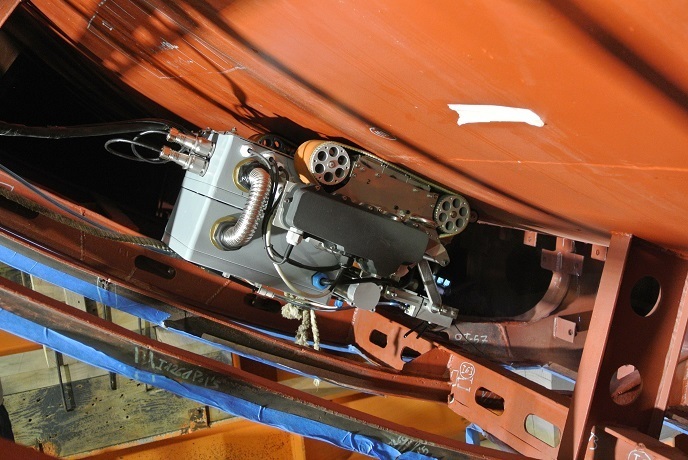Low-cost manufacturing of lean-burn engine parts
Future legislation for large aircraft engine emissions requires a step change in combustor technology. A fundamental objective of lean-burn is to combust fuel and air at cooler temperatures, resulting in lower nitrogen oxides’ emissions. The most effective cooling designs are difficult to form conventionally, and existing manufacturing methods require compromises that reduce performance or lifetime. Laser additive layer manufacturing of tiles is capable of forming the required complex geometries in nickel superalloys. However, the equipment used is for general purpose prototyping of low volumes of rig parts and is not capable of high-volume, low-cost production for flight parts. The MALT (Multilaser additive layer manufacturing of tiles) project successfully developed a multilaser machine prototype that enables low-cost manufacture of flight parts. The system is scalable both in speed and the build envelope size for higher volumes and part size, without changes in the laser melt characteristics. In addition, it demonstrates equivalence to state-of-the-art additive manufacturing methods, while being cost competitive and flexible in its design. The newly developed prototype machine utilises four overlapping laser scan fields to address a build area of 400 x 400 mm2. A test rig was constructed and operated to investigate methods of controlling the overlapping areas between laser fields and within it a combustor chamber was incorporated. Researchers developed technologies to control the four lasers simultaneously and ran detailed computer simulations to model the gas flow within the chamber. MALT partners operated the machine in a simulated production mode for nine months. Four different structures were built in cyclic fashion: a geometric test pattern to monitor the scan field accuracy of the machine; a test structure to monitor chemistry and mechanical properties; a batch of representative small parts; and a representative large part combining all four laser fields. The team obtained positive results regarding material properties, part accuracy, and machine reliability and maintainability as well as the operating costs.







